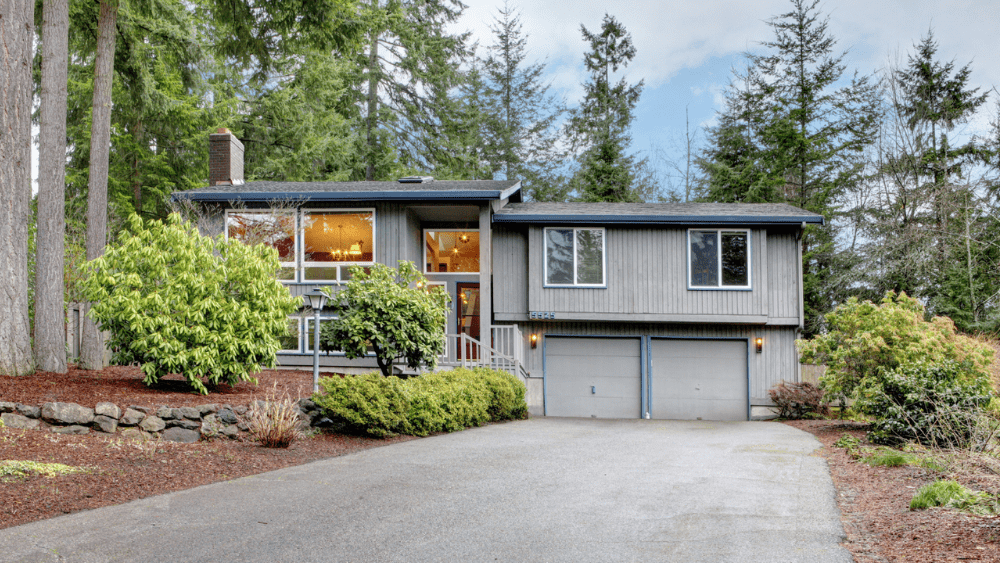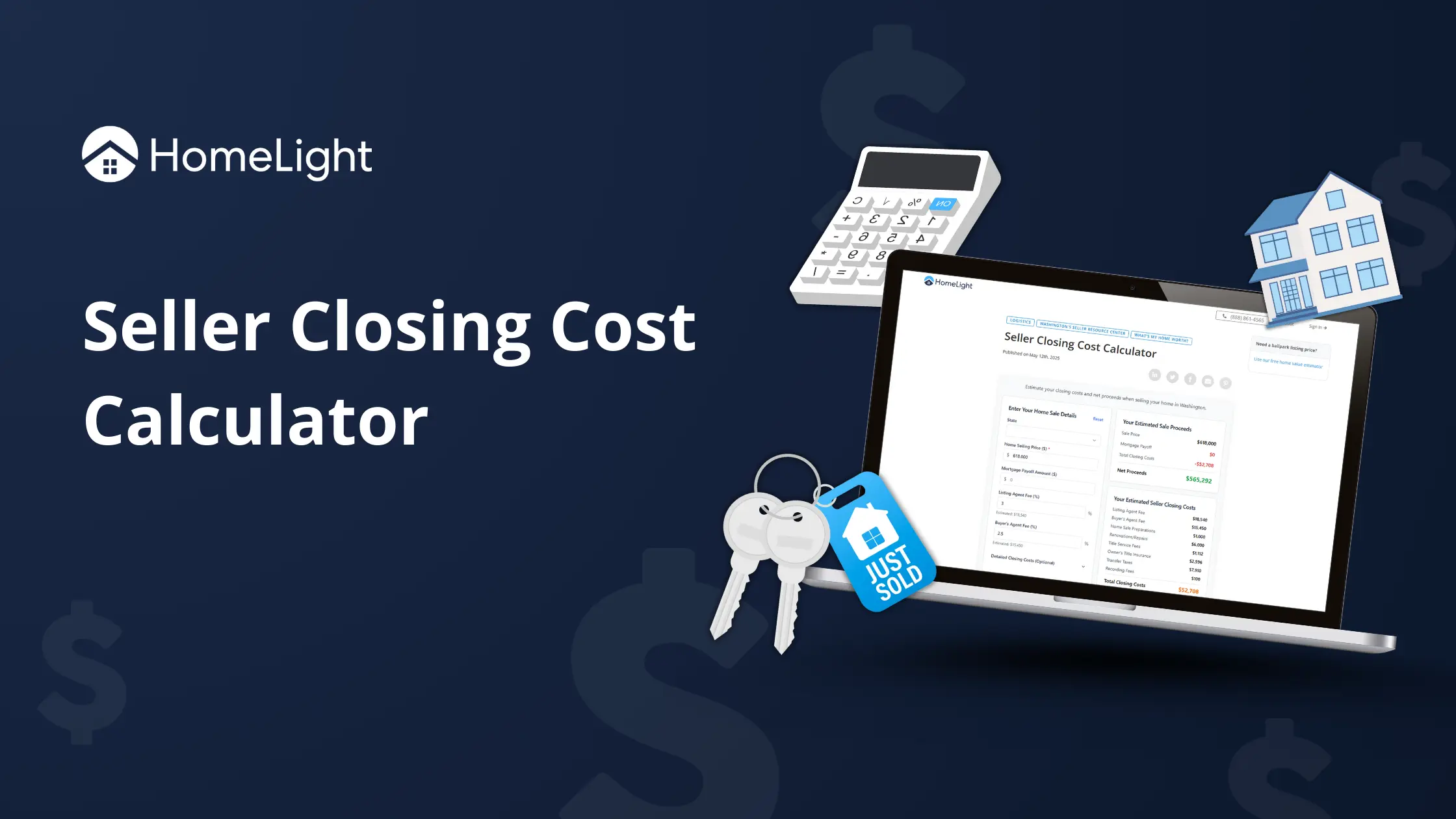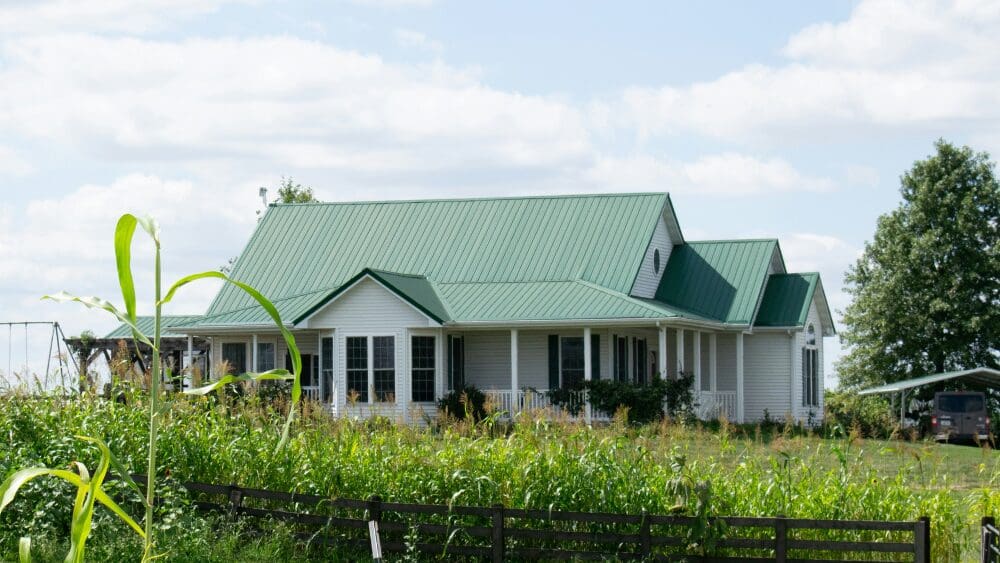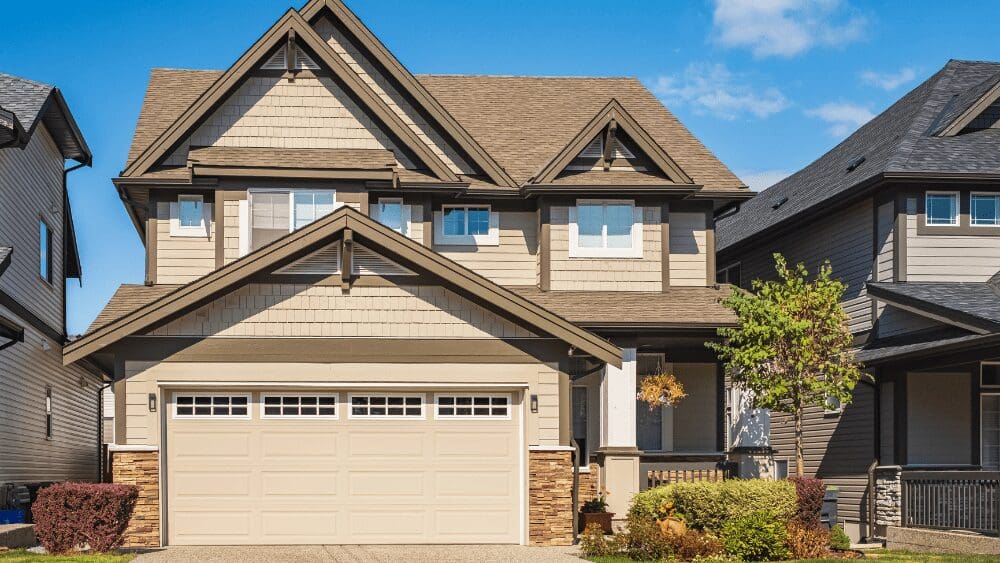
Owners of split-level homes often fall in love with the benefits of multi-level living, making it hard to remember why split-level homes can be harder to sell. You enjoy blissful separation between floors, allowing the family to keep the peace. With many split levels offering a downstairs bedroom, it’s the perfect setup for roommates or multi-generational families living together. And the efficient stacking of floors can mean that your yard is larger than your neighbors. However, as you gear up to sell a split-level home, it can take longer to attract a buyer. That’s not to say that your home won’t sell or that it’s even guaranteed to be a difficult process. Honestly, it depends on your location and other factors beyond whether you own a split-level, such as what kind of shape the home is in and how dated it is. Here’s what several real estate experts believe to be the current perception of split levels among today’s buyers, and what you can do about it. When it comes to split-level homes, buyers tend to judge a book by its cover and don’t always like what they see. The common combination of brick and earthy tones on top of the boxy figure can scream dated, which makes sense as split levels tend to be older. The split-level building style became popular in the 1950s and 1960s, then snowballed in the 1970s to represent a large portion of new builds and, in some cases, entire subdivisions of homes before tapering off in favor of ranch and two-story styles. The split-level’s associations with the Disco Era and lack of curb appeal can be a mental blocker to even getting buyers to take a second look. This was the experience of Kyle McCorkel, an investor based out of Harrisburg, Pennsylvania, who bought a split-level house as his first-ever flip a few years ago. As he recalls, it wasn’t an easy sell. Most of the comparable houses in the neighborhood were selling within a few weeks, even if they weren’t in great shape. McCorkel’s flip, which he says was in near-perfect condition, took about four months to go under contract. “No one directly gave us bad feedback about it being a split level, but I think it scared a lot of people away from viewing the property in the first place,” he says.Lack of curb appeal



